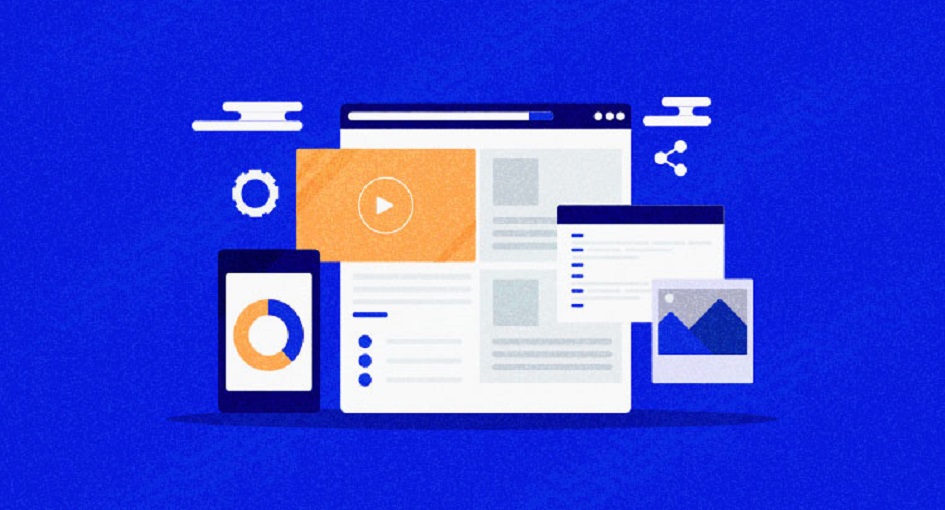
Landing pages are a critical component of any online marketing strategy, designed to convert visitors into leads or customers. However, even if your landing page offers valuable content or products, a poor user experience (UX) can deter users from taking the desired action. This article will explore simple yet effective UX suggestions that can significantly boost your landing page conversion rates.
A cluttered or confusing layout can overwhelm visitors and drive them away. Keep your landing page layout clean and organized. Use whitespace effectively to separate content elements and guide users’ attention to the most important sections, such as the headline, call to action (CTA), and form.
Your headline is the first thing visitors see, and it should clearly convey the value proposition of your offer. Make it a concise landing page conversion, engaging, and directly related to the content or product you’re promoting. A compelling headline encourages users to explore further.
Visuals, such as images or videos, can enhance the overall user experience. Use high-quality visuals that are relevant to your offer and resonate with your target audience. Visuals should complement your content and reinforce your message.
A significant portion of internet traffic comes from mobile devices. Ensure that your landing page is mobile-responsive, meaning it adapts seamlessly to different screen sizes and orientations. Mobile optimization is essential for providing a smooth user experience on smartphones and tablets.
Slow-loading pages can frustrate visitors and increase bounce rates. Optimize your landing page for fast loading by minimizing image file sizes, using browser caching, and reducing unnecessary scripts or code. Aim for a loading time of three seconds or less.
Your landing page copy should be clear, concise, and focused on the user’s needs. Avoid jargon or overly technical language that might confuse your audience. Use bullet points, subheadings, and short paragraphs to break up text and make it more scannable.
Your call to action (CTA) is the key element that drives conversions. Make it stand out by using contrasting colors and clear, action-oriented language. Use first-person phrasing, such as “Get My Free Ebook” or “Start My Trial Now,” to make the CTA more personal and engaging.
Include social proof elements, such as customer reviews, testimonials, or trust badges, to build trust and credibility. These signals reassure visitors that they are making a safe and informed decision by taking the desired action on your landing page.
If your landing page conversion includes a form, keep it as brief as possible. Each additional form field increases friction and reduces conversions. Only ask for essential information that you need for your follow-up process. Consider using progressive profiling to collect additional data over time.
Anticipate user errors and provide clear error messages when form submissions fail. Instead of generic error messages, offer specific guidance on how to correct the issue. This helps prevent user frustration and encourages completion of the form.
After users complete the desired action, redirect them to a thank you page. This page can confirm the action they’ve taken and provide additional information or next steps. It’s also an opportunity to encourage further engagement or offer related content.
Continuously improve your landing page’s UX and conversion rates through A/B testing. Create variations of your landing page with one or more changes and test them against the original. Use A/B testing to assess the impact of different headlines, CTAs, visuals, and other elements to optimize performance.
In conclusion, enhancing the user experience on your landing page conversion is essential for improving conversion rates and achieving your marketing goals. By implementing these simple yet effective UX suggestions, you can create landing pages that engage visitors, instill trust, and guide them toward the desired action. Remember that user experience is an ongoing process, and regular testing and optimization are key to long-term success. By continually refining your landing pages, you can maximize their effectiveness and drive meaningful results for your business.